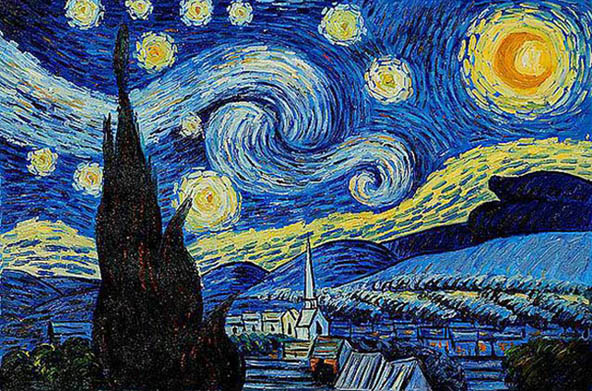
(essay)
“I dream my painting and paint my dream” (Van Gog)
Probably each of us wants to leave after him or her something, at least some track in history. Art is one of the refined routes to go down in the memory of this world.
Art plays an essential role in our life whatever difficult and unpredictable it is. Different directions of art shape our personalities, streamline our cultural development, diversify our tastes and lift the level of morale and aesthetics.
The Louvre, Tretyakov Gallery, the Hermitage, always include Prado in the ‘must’ list to visit. The New York Museum of modern art especially attracts my attention, because there I can carry out my dream: to see one of my most beloved pictures.
Vincent Van Gog is known for many masterpieces but ‘The Starry Night’ occupies a special place not only in the world, but also in my heart. A picture is painted in June 1889; from 1941 it is kept in the New York Museum of modern art. It is well known that Van Gog with his cut off ear and empty bottles of absinthe was considered a crackpot suffering from hallucinations. From May 1889 till 1890 he was treated at Saint Paul de Mausole mental hospital after the conflict with Paul Gauguin which left him the left ear. At this time Fou Roux or the little painter fellow (the nicknames of Van Gog) actively created and painted such masterpieces, as “ Irises”, a self-portrait in a blue suit and actually ‘The Starry Night.’ The picture presents a kind of a mysterious view from the east window of his village bedroom. About this dawn landscape, by the way, Van Gog wrote in 1889 to his brother Тhео: “I can see an enclosed square of wheat . . . above which, in the morning, I watch the sunrise in all its glory.”
One of the first paintings of this impressionistically looking view was F611 Mountainous Landscape Behind Saint-Remy, now in Copenhagen. Van Gog made a number of sketches for the painting, of which F1547 ‘The Enclosed Wheat Field After a Storm’ is the most appreciated by art connoisseurs. It is unclear whether the painting was made in his studio or outside of it. In his June 9 letter describing it, he mentioned he had been working outside for a few days. Van Gog described the second of two landscapes in a letter to his sister Wil on June 16, 1889. This is F719 ‘Green Field’, now in Prague, and the first painting at the asylum he definitely painted en plain air. F1548 ‘Wheat field, Saint-Remy de Provence’, now in New York, is illustrated here. Two days later, Vincent wrote to Theo that he had painted ‘The Starry Night’. A picture is the only image of a dark night in the series of sketches from the bedroom of Vincent.
After getting this picture back, Van Gogh sent ‘The Starry Night’ to Theo to Paris on 28 September 1889, together with nine or ten other paintings. Theo died less than six months after Vincent, in January 1891. Theo’s widow, Jo, then became the caretaker of Van Gogh’s legacy. She sold the painting to poet Julien Leclercq in Paris in 1900, who turned out to be a smart businessman and earned a fortune after selling it to Émile Schuffenecker, Gauguin’s old friend, in 1901. After that, the painting was sold to the Oldenzeel Gallery in Rotterdam in 1906. From 1906 to 1938 it was owned by Georgette P. van Stolk, of Rotterdam, who sold it to Paul Rosenberg, of Paris and New York. Thanks to Rosenberg that masterpiece was brought to New York Museum of modern art in 1941.
I am an optimist and I believe in miracles. So one day my dream will come true, and I will definitely see ‘The Starry Night’ not only on the screen of my mobile telephone, but with my own eyes in New York, within the distance of two meters. Hallelujah!

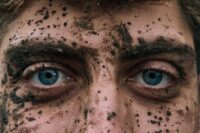


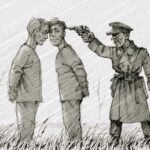





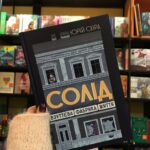
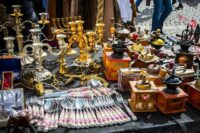
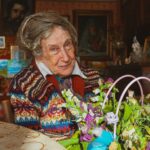
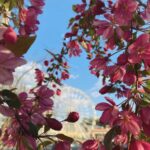
















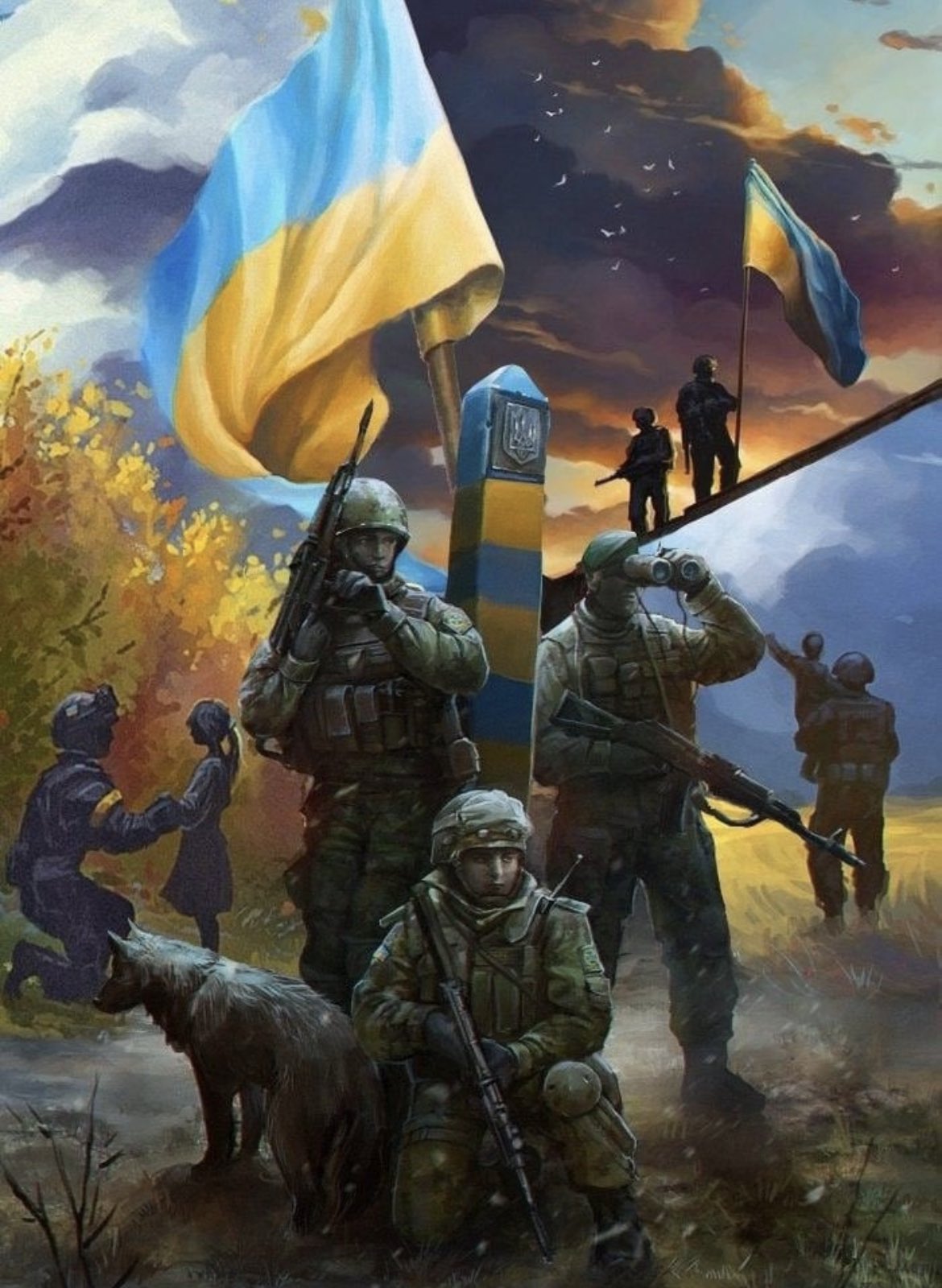




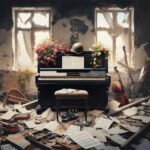







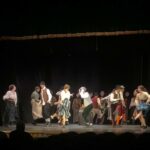
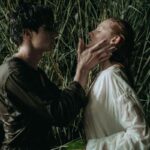












Залишити відповідь